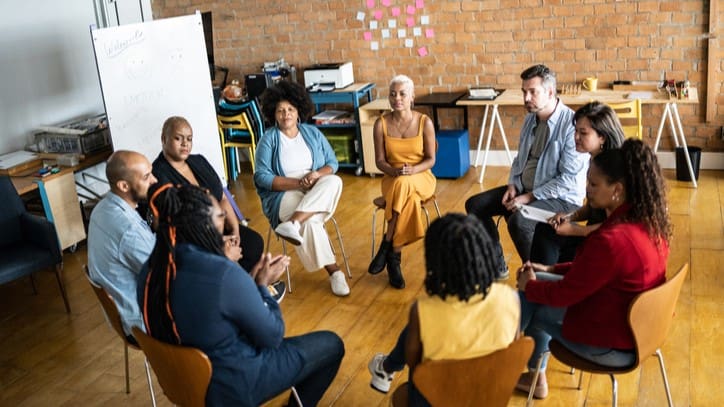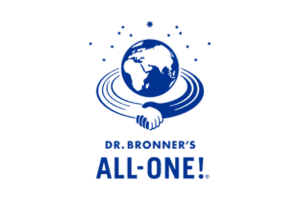
Creating space for frontline employee voice to grow
The Opportunity
Dr. Bronner’s Magic Soaps is a producer of organic soap and personal care products and has 350+ employees. The company identified a fundamental challenge that affects most organizations: communication bottlenecks. They recognized that ensuring that information flows effectively throughout all levels of the organization and is properly understood by everyone was a critical operational challenge. This communication gap was preventing the company from operating at its full potential and limiting employee engagement.
While Dr. Bronner’s already had an executive council, the concept of creating a frontline council was introduced as a way to bridge the communication divide and give frontline employees a meaningful voice in company operations. The initiative was elevated to a business goal, recognizing that addressing communication challenges could unlock significant organizational potential.
The approach to building a frontline council rested on the vital need to create and foster psychological safety. Leadership understood that simply forming a council wouldn’t be sufficient—employees needed to feel genuinely safe to be open and transparent, or the initiative would fail to achieve its intended impact.
The Approach
During its participation in Talent Rewire’s Employer Action Lab, Dr. Bronner’s developed a comprehensive approach to implementing the frontline council. The process began with an organizational landscape assessment that included interviews with individuals across every department and every layer of the company. This helped leadership understand what it would take to form an effective council, what benefits it could provide, and how to build the necessary foundation of psychological safety.
From the beginning, the team involved multiple stakeholder groups. Company officers, owners, and executives worked directly with frontline employees in shared training opportunities to discuss how the council would function. This collaborative approach ensured alignment across organizational levels and demonstrated leadership’s commitment to the initiative. Frontline leaders were invited into planning conversations and given opportunities to pitch their vision for how the council should operate.
Measuring success was placed directly in the hands of frontline participants themselves. Rather than having HR or executives determine the program’s effectiveness, the frontline council members would evaluate and present their decision about the council’s next steps and evolution.
Next Steps
The frontline council has generated significant enthusiasm across all organizational levels, creating opportunities for expansion. The excitement extended beyond frontline personnel to middle management, team leads, and hybrid roles, indicating strong interest in replicating the model throughout the organization. Since the core program focuses on communication and voice, leadership recognizes it can be adapted and scaled to benefit the entire company.
The initiative has already demonstrated transformative effects on participants. Employees who initially joined feeling uncertain and quiet have begun flourishing, becoming more open in sharing suggestions and engaging actively with leadership and HR colleagues during presentations. Participants also report feeling that their voices matter and describe the experience as helping them see their higher potential as employees.
The program’s design inherently builds future leadership capacity. By investing in frontline employees and teaching them business-connected information from the beginning of their careers, the company is developing an internal pipeline of leaders. Participants gain skills that benefit them daily in their work while also gaining a clearer vision of what Dr. Bronner’s “All-One” philosophy means in practice.
The next step will be informed by the frontline council’s own assessment of the program’s value. At the end of their tenure, council members will present their findings and recommendations to executives about the future of the program. This employee-driven evaluation process ensures that decisions are grounded in authentic participant experience rather than management assumptions.
While piloted with frontline employees, a communication-focused model adapted to meet the specific needs of various employee groups throughout Dr. Bronner’s will further the company’s commitment to ensuring every voice is heard and valued.
![]() This innovation story was made possible through funding from The James Irvine Foundation
This innovation story was made possible through funding from The James Irvine Foundation

